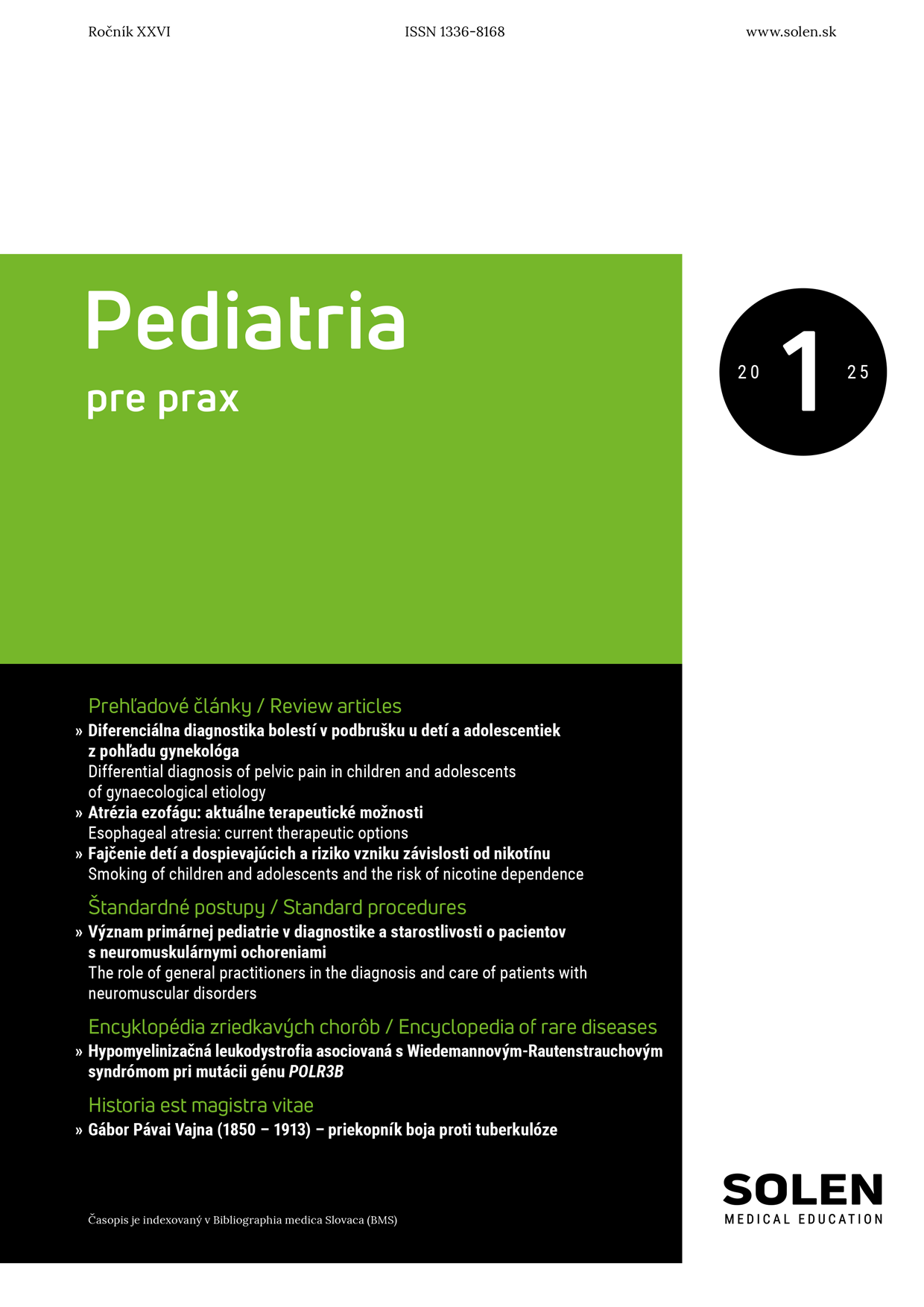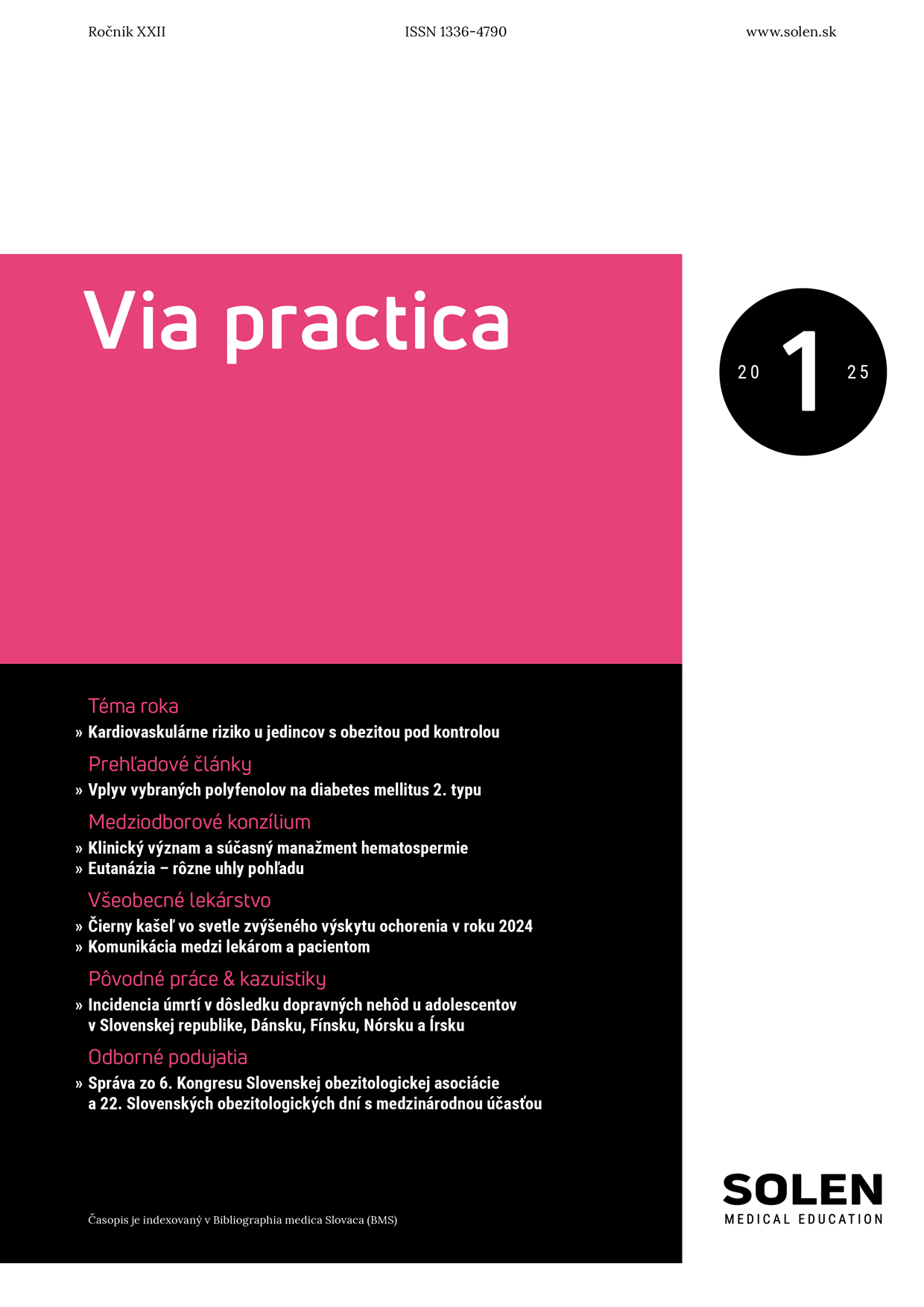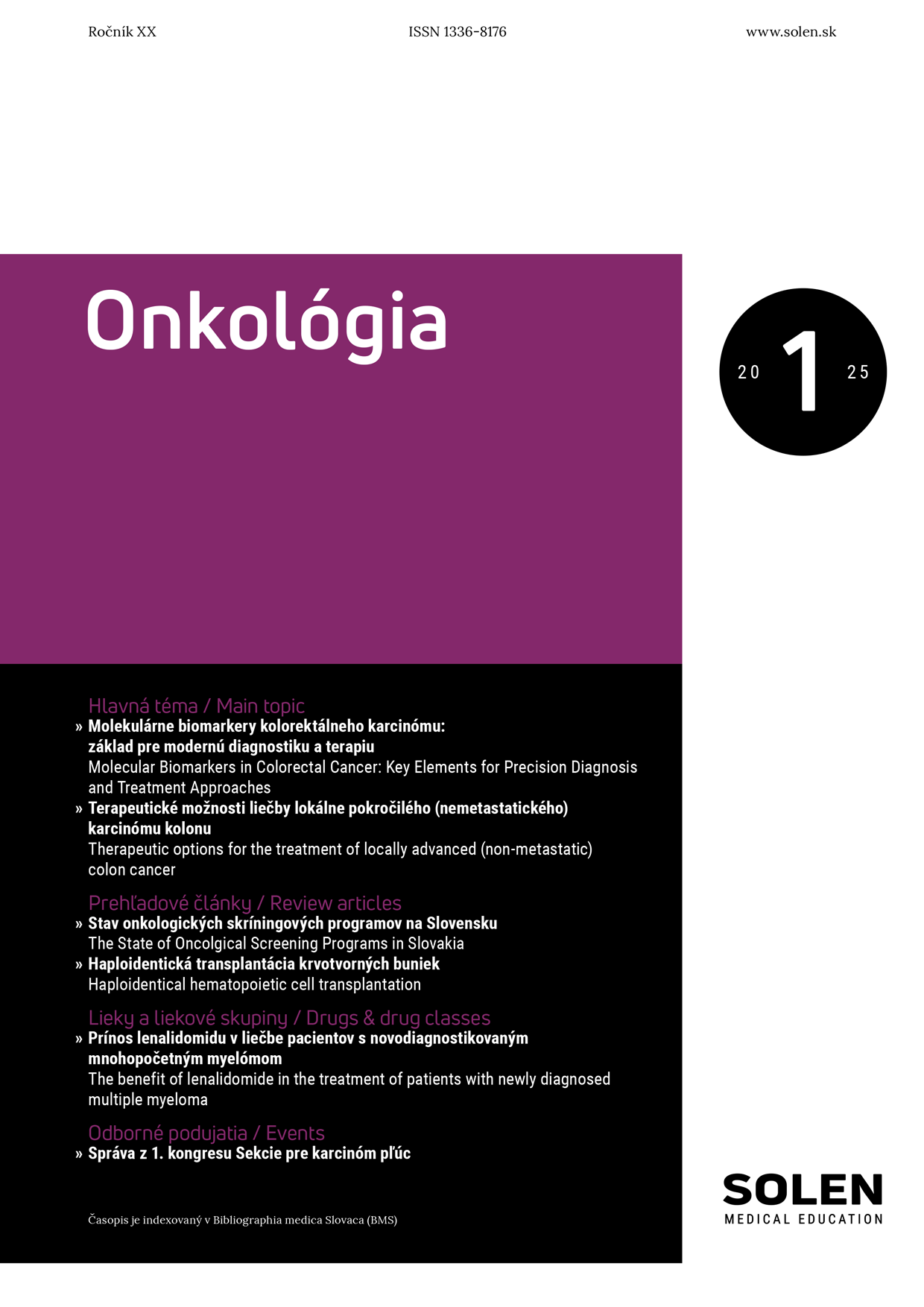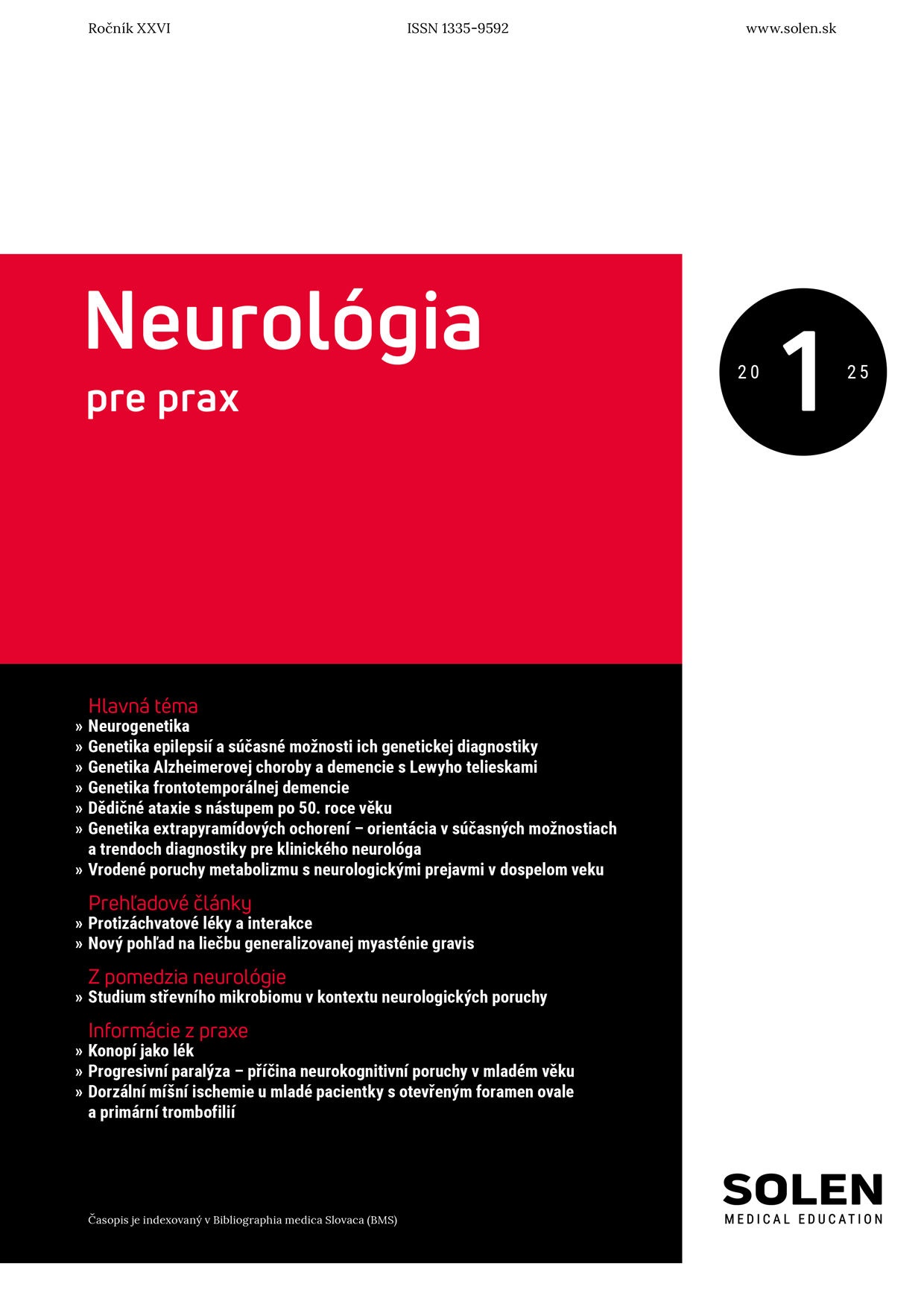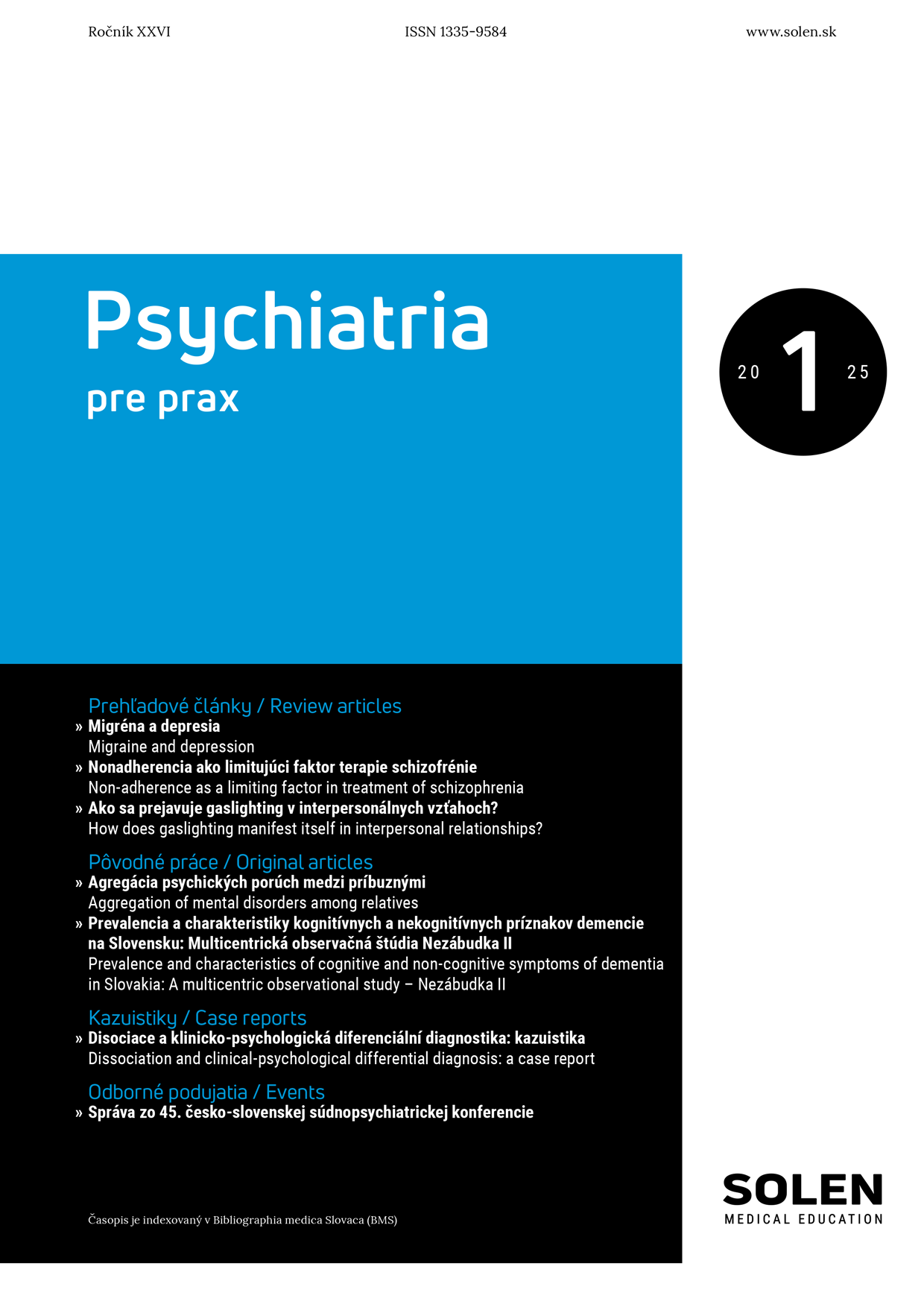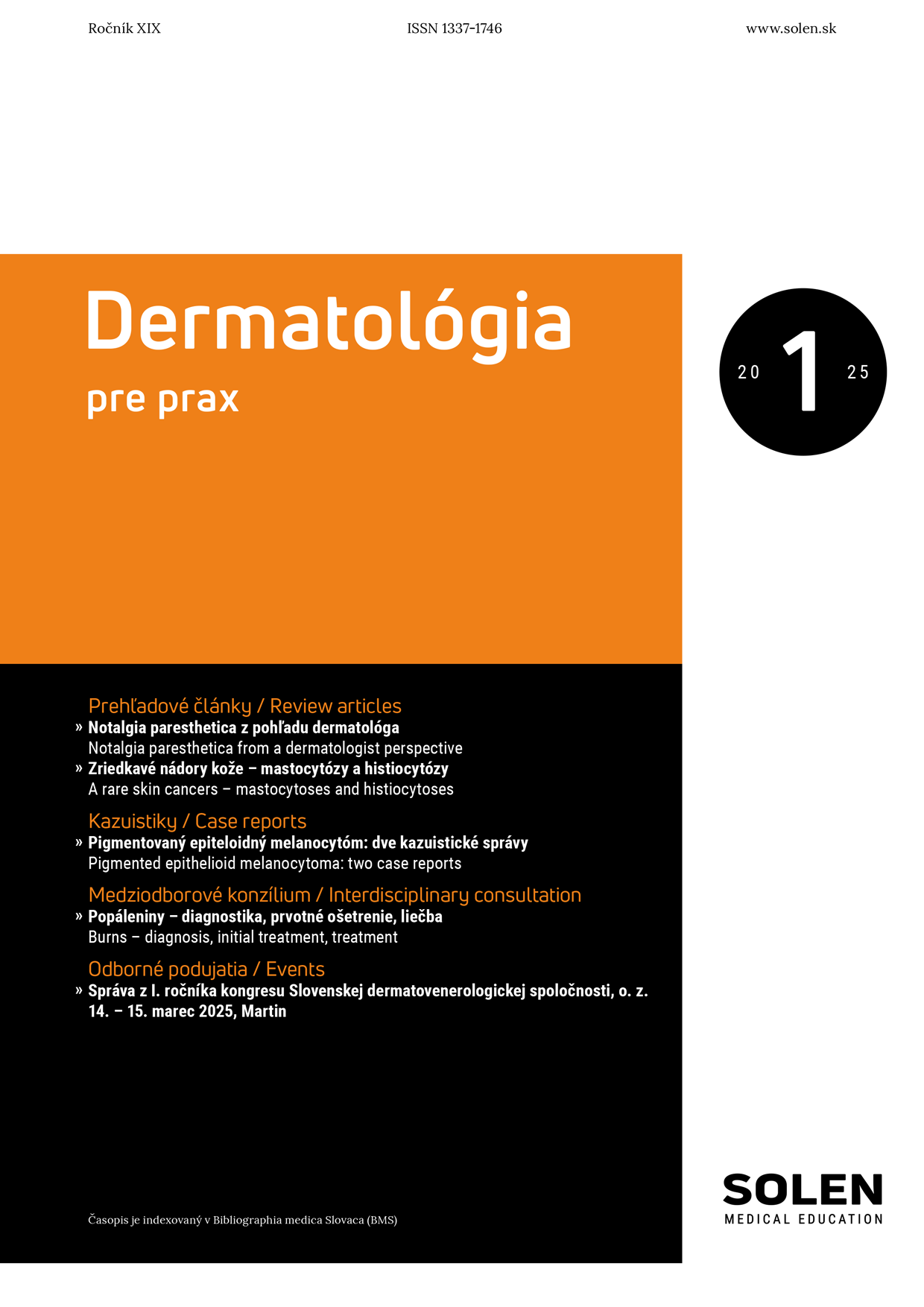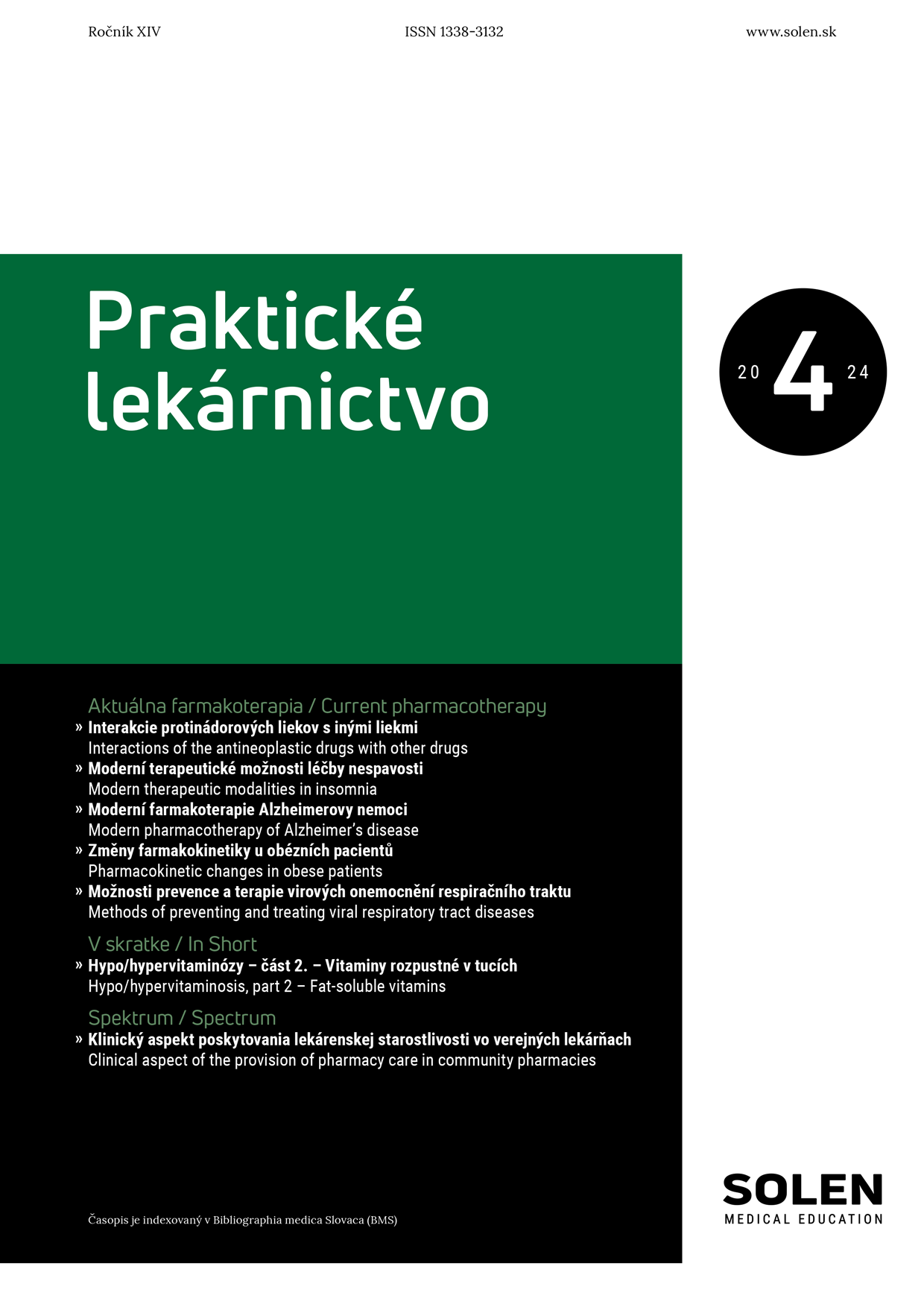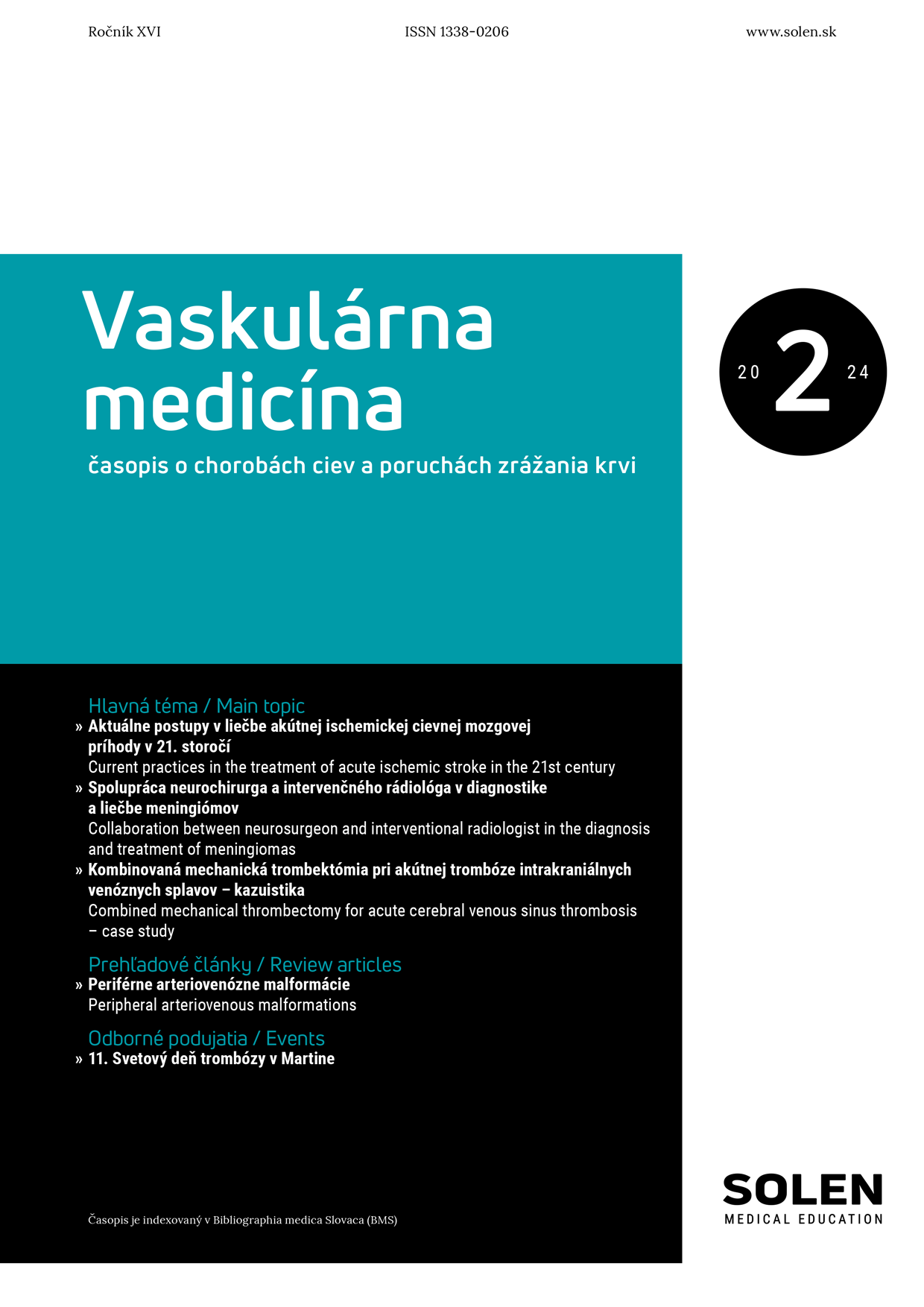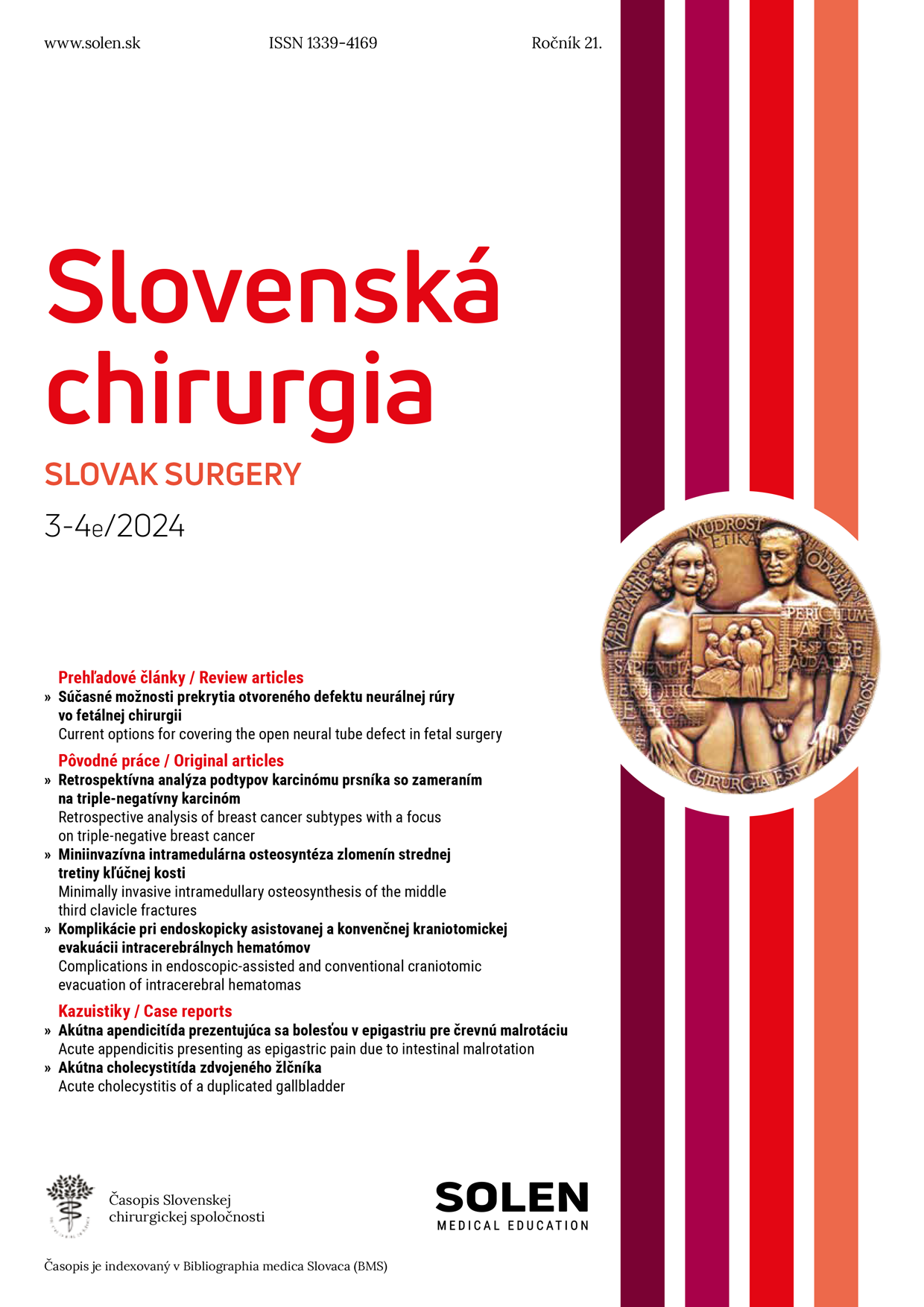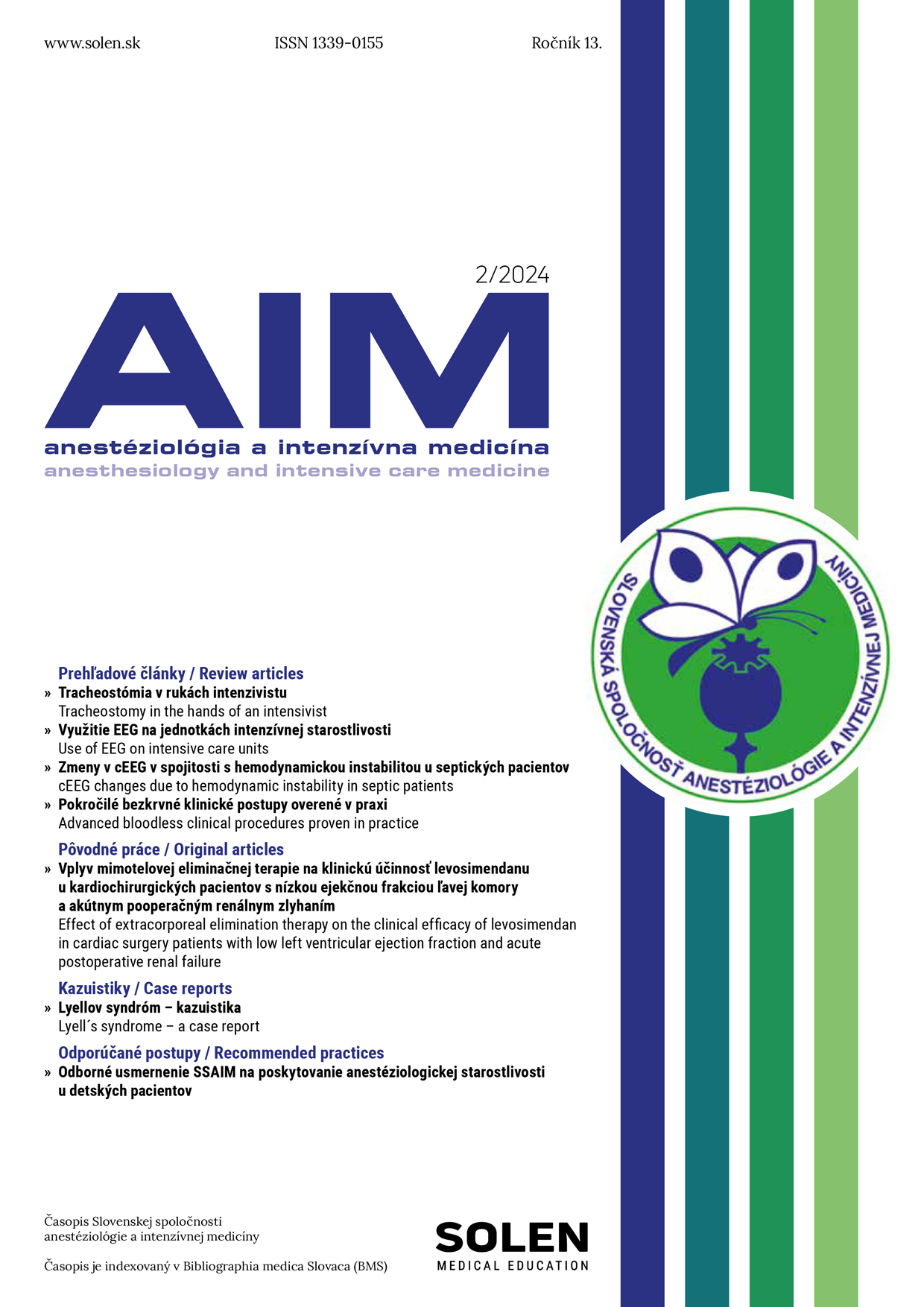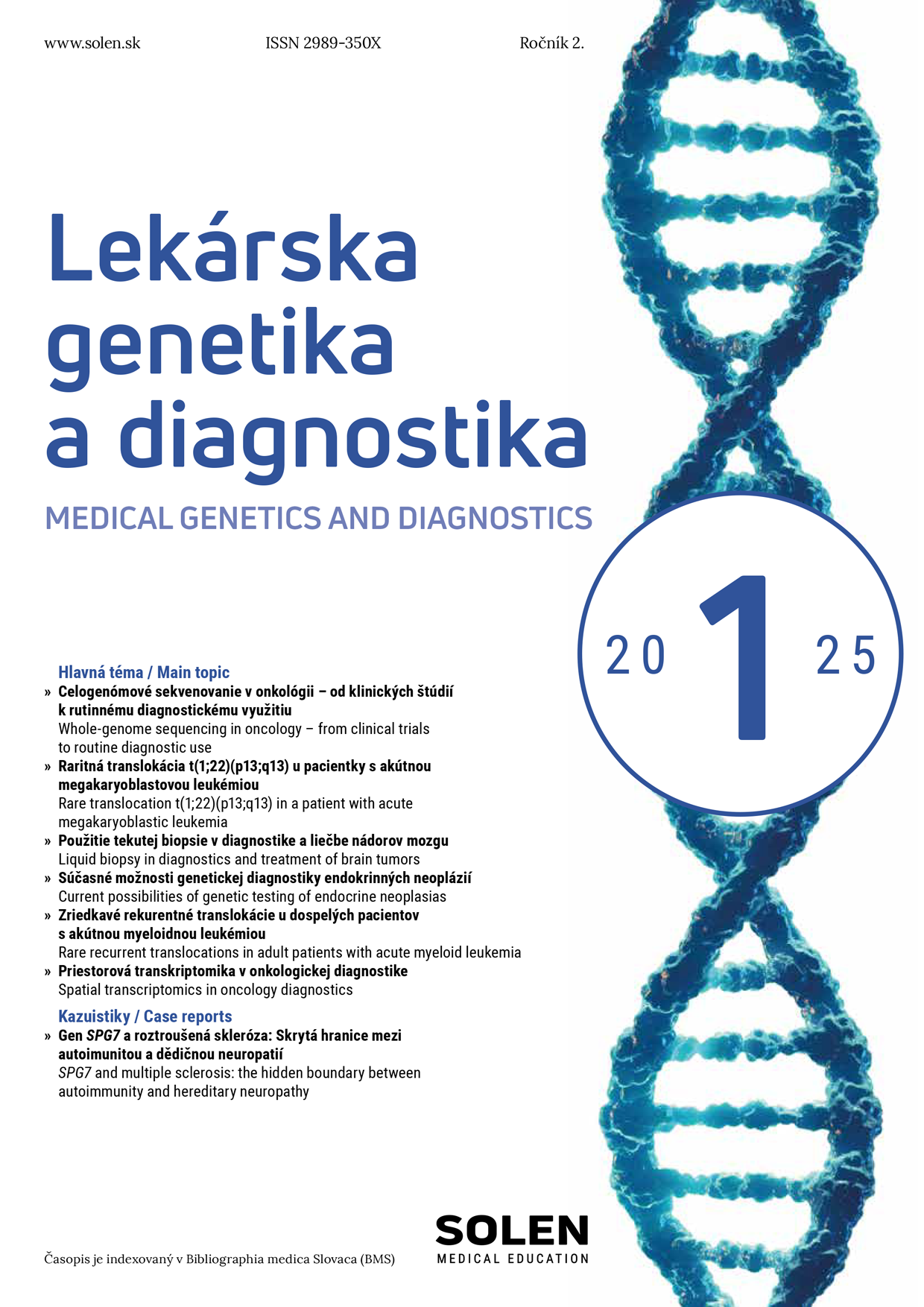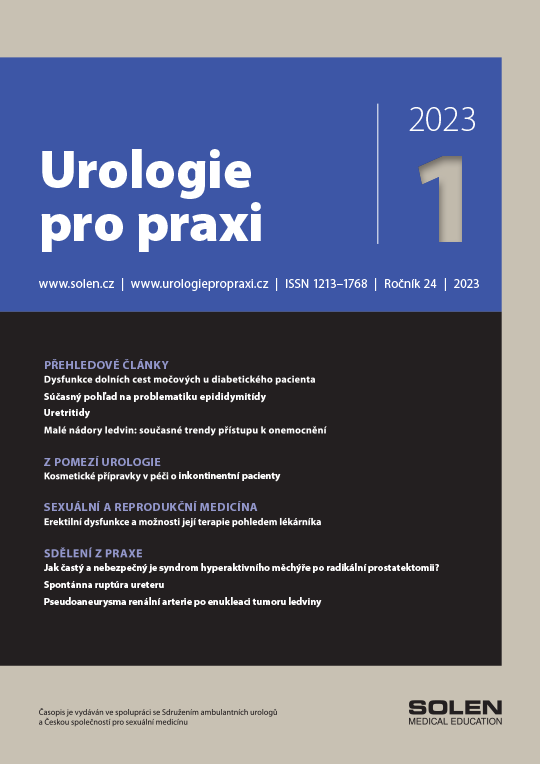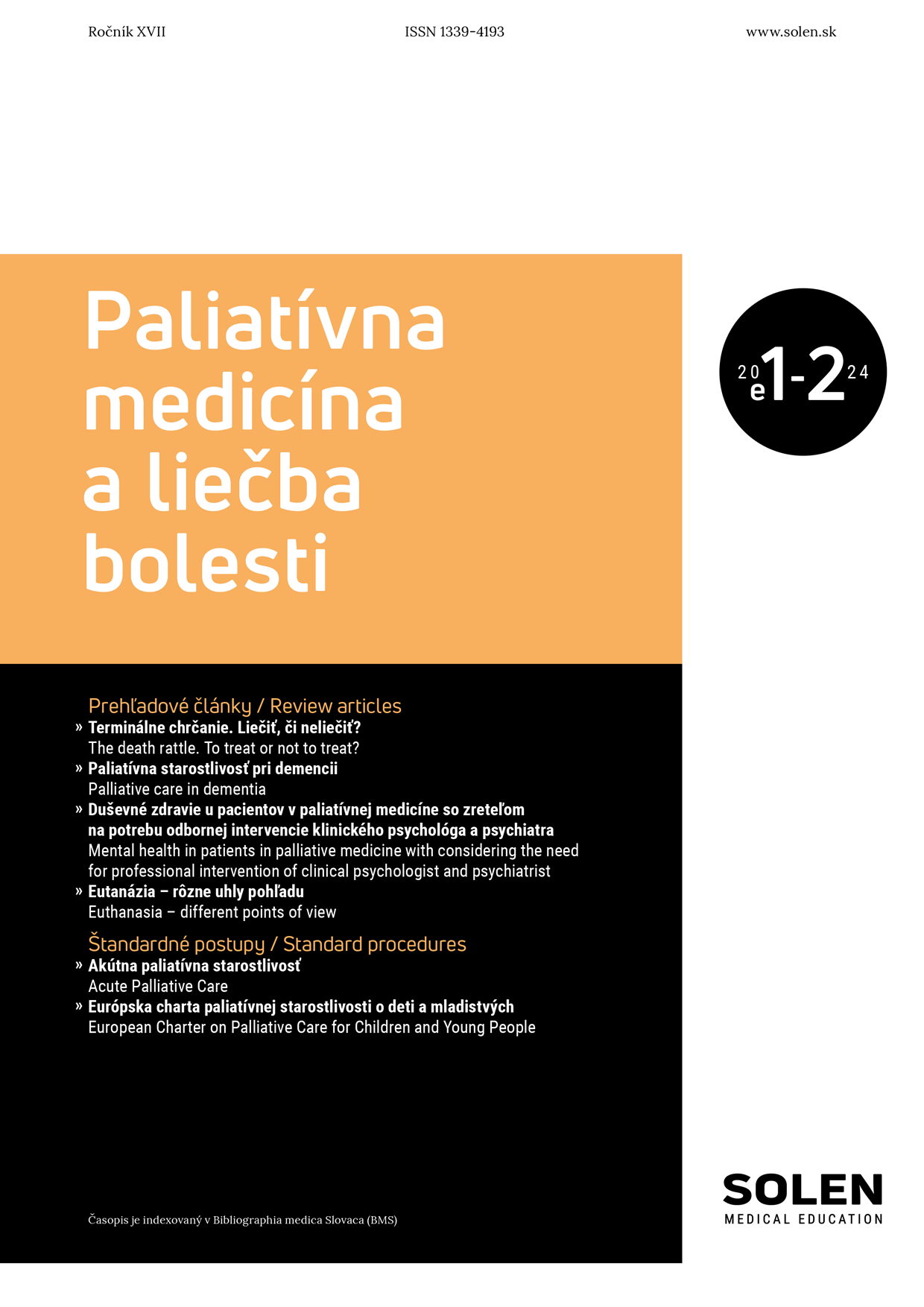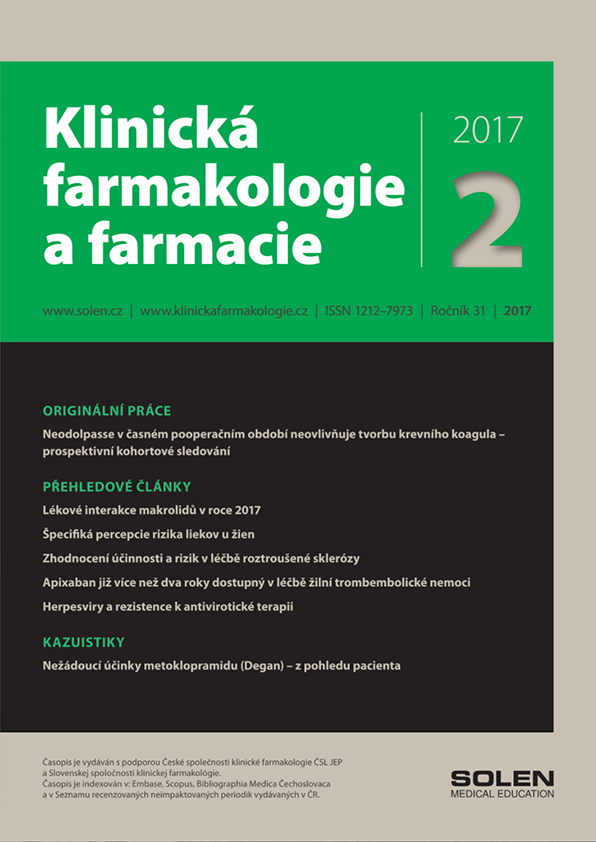Slovenská chirurgia 3-4e/2024
Subdural hygroma after decompressive craniectomy – a retrospective analysis of risk factors
Introduction: Decompressive craniectomy is a life-saving procedure aimed at reducing intracranial pressure caused by traumatic, or non-traumatic causes. This surgical procedure significantly reduces patient mortality and morbidity. However, it is associated with a high complication rate, with subdural hygroma occurring in 30-34% of patients and having a significant impact on patient outcome. Methods: The aim of this retrospective study was to identify risk factors for the development of subdural hygroma in patients after decompressive craniectomy. We analyzed data from 184 patients who underwent this procedure at our institution between January 1, 2018 and December 31, 2022. We monitored the parameters of the initial diagnosis, technical aspects of decompressive craniectomy, postoperative complications, and patient demographics. Results: Statistical analysis demonstrated that risk factors for the development of subdural hygroma include a larger anteroposterior diameter of the craniectomy, more extensive brain damage from the initial insult, the presence of blood in the ventricular system, postoperative herniation of the brain through the craniectomy opening, and the presence of fissures and impressions of the skull. Conclusion: Considering the results of our retrospective analysis, a polyfactorial etiology of the development of subdural hygromas after decompressive craniectomies can be stated.
Keywords: hygroma, intracranial hypertension, decompressive craniectomy, risk factors


